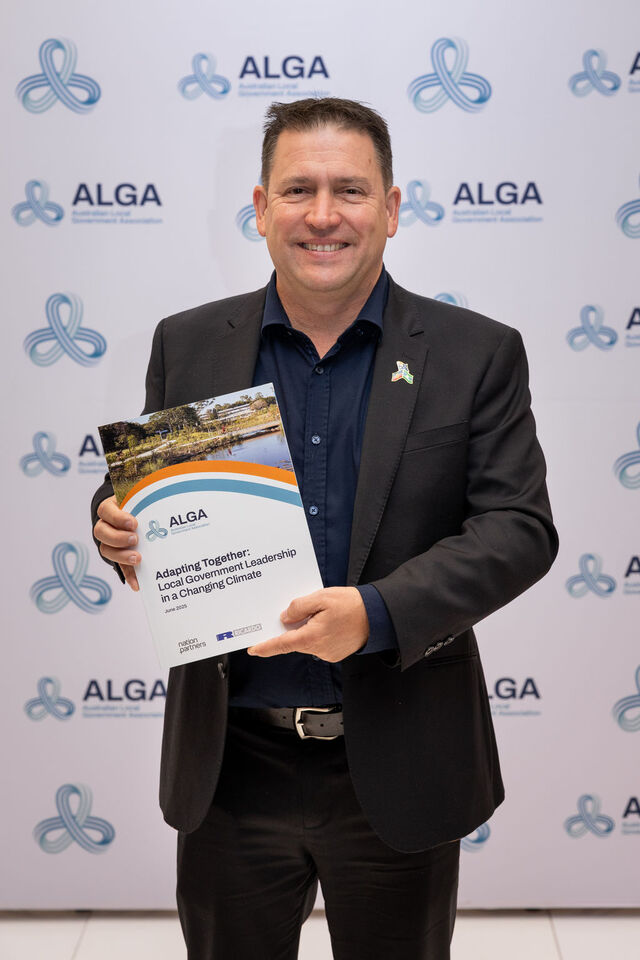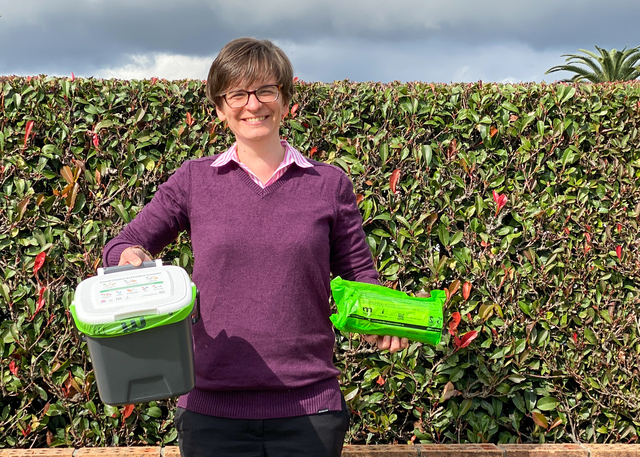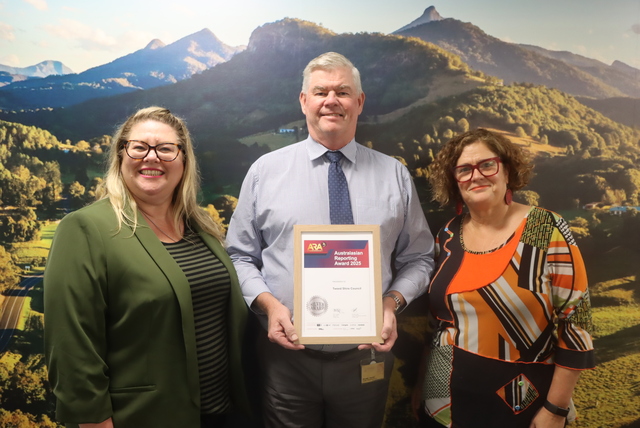Glen Innes Severn Council in the New England region of New South Wales is managing local roadside vegetation and stamping out invasive weeds.
The project started in 2014, in partnership with Northern Tablelands Local Lands Services (NT LLS).
NT LLS provided a grant of $140,000 over three years to regenerate areas of roadside vegetation across the local government area, by concentrating firstly on invasive plant removal.
General Manager, Hein Basson, said the project concentrated on “invasive plants such as whisky grass, woody weeds like Hawthorne shrubs, and feral fruit trees which can harbour pests and diseases that can then spread to commercial and private orchard operations.”
Mr Basson said he is pleased with the overall results of the project.
“Growing partnerships with landholders adjoining treatment sites, Landcare and NT LLS has been an added long term benefit coming out of the project.”
A second component of the project, delivered in partnership with Glen Innes Natural Resources Advisory Committee (GLENRAC), provided assistance to landholders to manage weed infestations, creating a 200-metre buffer zone on land directly adjoining targeted roadside areas, to prevent the spread of weeds into these high value sites.
Council assisted Steve Fields Environmental Solutions from Uralla to prepare a number of sites along 18 kilometres of roadsides for a direct seeding trial as a third component of the project.
Germination rates were low overall, however, the cost effectiveness of the direct seeding proved to be better than traditional methods of planting tube stock.
Environment Officer, Ian Trow, believes the project has been very successful and has made a good impact on weed invasion along high conservation value roadside environments.
“The original survey work of all of the roadsides in the Local Government Area was undertaken in 1998 and 1999,” Mr Trow said.
“From this foundation, the Roadside Vegetation Management Plan was developed and implemented.
“The current project has built on the original survey work. It has also contributed greatly to increasing the biolink and wildlife corridors along the roadsides – such important and vital avenues for the movement of wildlife through the Tablelands.”
Council will continue responsible environmental practices in managing roadside vegetation communities into the future, with the allocation of funds in the four year Delivery Plan 2017-2021 to support Council’s commitment.







